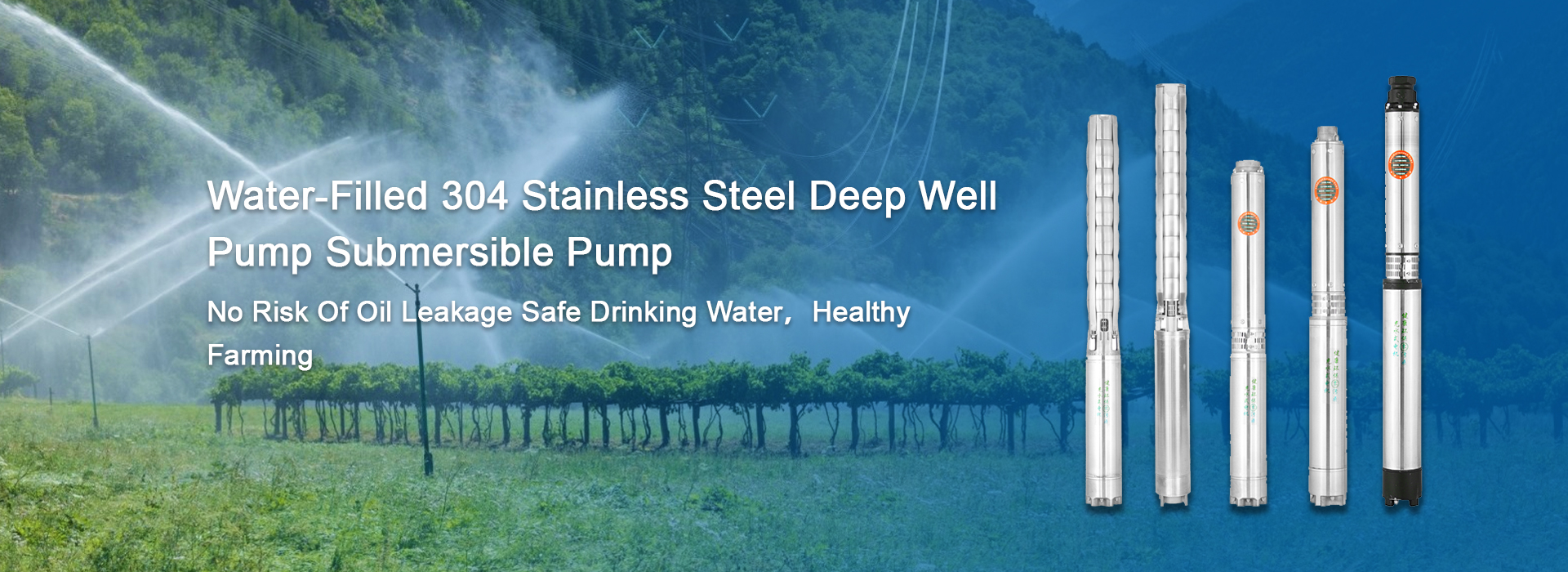Nov . 30, 2024 13:46 Back to list
Steps for Installing a Deep Well Submersible Pump Efficiently and Safely
How to Install a Deep Well Submersible Pump A Step-by-Step Guide
Installing a deep well submersible pump is a crucial task for ensuring a reliable water supply for your home or agricultural needs. These pumps are designed to operate submerged in water, making them ideal for deep wells. This guide will walk you through the process, providing essential tips and key considerations to help you successfully install your deep well submersible pump.
Materials and Tools Needed
Before you begin, gather the necessary materials and tools
- Deep well submersible pump - Electrical cable suitable for underwater use - PVC or HDPE pipe (diameter depends on pump specifications) - Well casing (if required) - Pipe fittings and connectors - Teflon tape - A well cap - A water level measuring tool - Wrenches and screwdrivers - Safety gear (gloves, goggles, etc.) - A hoist or a sturdy rope (if the pump is heavy)
Step 1 Plan and Prepare
Before installation, check the specifications of your deep well submersible pump. This includes its depth, flow rate, and powered electrical requirements. Measure the depth of the well using a water level measuring tool to ensure the pump is suitable for your setup. Also, assess the condition of the well casing and ensure it is clean and free of any debris.
Step 2 Assemble the Pump and Pipe
Carefully unpack your deep well submersible pump and check for any damage during shipping. Before lowering it into the well, attach the discharge head to the pump. Connect the PVC or HDPE pipe to the pump's outlet, ensuring to use Teflon tape on the threads to create a watertight seal. Make all connections securely to avoid leaks when the pump is operational.
Step 3 Lower the Pump into the Well
Using a hoist, a sturdy rope, or a lifting system, carefully lower the pump into the well. It is crucial to ensure that the pump is hanging straight to avoid damaging the installed components. Lower the pump slowly, keeping an eye on the depth markings to know when to stop. Ensure that the power supply cable is also being lowered with the pump to avoid twists and tangles.
how to install deep well submersible pump

Step 4 Connect the Electrical Supply
Once the pump is submerged, connect the electrical cable to your power supply. This is a critical step and should be done following all local electrical codes. It’s advisable to have a professional electrician handle this part if you are not experienced. Make sure that all electrical connections are waterproof to prevent any short circuits or damage to the pump.
Step 5 Secure the Pump
After the pump is installed at the required depth, it is important to secure it properly. Use a well cap fitting to close the top of the well, which not only protects the pump but also prevents contamination of the water supply. Ensure that the pump is well anchored and that there is no movement when installed.
Step 6 Test the System
Once everything is connected, it's time to test the system. Turn on the power supply and allow the pump to run. Monitor the pressure gauge to ensure that the pump is functioning correctly. Check for any leaks at the joints or connections, and listen for any unusual noises that might indicate a problem.
Step 7 Routine Maintenance
After installation, it is essential to perform routine maintenance to prolong the life of your submersible pump. Regularly check the electrical connections, inspect the pump casing, and monitor the water quality. Keeping an eye on these aspects ensures you catch any issues early and maintain optimal performance.
Conclusion
Installing a deep well submersible pump may seem daunting, but with careful planning and execution, it can be a straightforward process. Always prioritize safety and, when in doubt, consult with professionals to ensure a successful installation. With your new pump in place, you can enjoy a reliable supply of water for your needs.
-
Submersible Water Pump: The Efficient 'Power Pioneer' of the Underwater World
NewsJul.01,2025
-
Submersible Pond Pump: The Hidden Guardian of Water Landscape Ecology
NewsJul.01,2025
-
Stainless Well Pump: A Reliable and Durable Pumping Main Force
NewsJul.01,2025
-
Stainless Steel Submersible Pump: An Efficient and Versatile Tool for Underwater Operations
NewsJul.01,2025
-
Deep Well Submersible Pump: An Efficient 'Sucker' of Groundwater Sources
NewsJul.01,2025
-
Deep Water Well Pump: An Efficient 'Sucker' of Groundwater Sources
NewsJul.01,2025
-
 Submersible Water Pump: The Efficient 'Power Pioneer' of the Underwater WorldIn the field of hydraulic equipment, the Submersible Water Pump has become the core equipment for underwater operations and water resource transportation due to its unique design and excellent performance.Detail
Submersible Water Pump: The Efficient 'Power Pioneer' of the Underwater WorldIn the field of hydraulic equipment, the Submersible Water Pump has become the core equipment for underwater operations and water resource transportation due to its unique design and excellent performance.Detail -
 Submersible Pond Pump: The Hidden Guardian of Water Landscape EcologyIn courtyard landscapes, ecological ponds, and even small-scale water conservancy projects, there is a silent yet indispensable equipment - the Submersible Pond Pump.Detail
Submersible Pond Pump: The Hidden Guardian of Water Landscape EcologyIn courtyard landscapes, ecological ponds, and even small-scale water conservancy projects, there is a silent yet indispensable equipment - the Submersible Pond Pump.Detail -
 Stainless Well Pump: A Reliable and Durable Pumping Main ForceIn the field of water resource transportation, Stainless Well Pump has become the core equipment for various pumping scenarios with its excellent performance and reliable quality.Detail
Stainless Well Pump: A Reliable and Durable Pumping Main ForceIn the field of water resource transportation, Stainless Well Pump has become the core equipment for various pumping scenarios with its excellent performance and reliable quality.Detail
